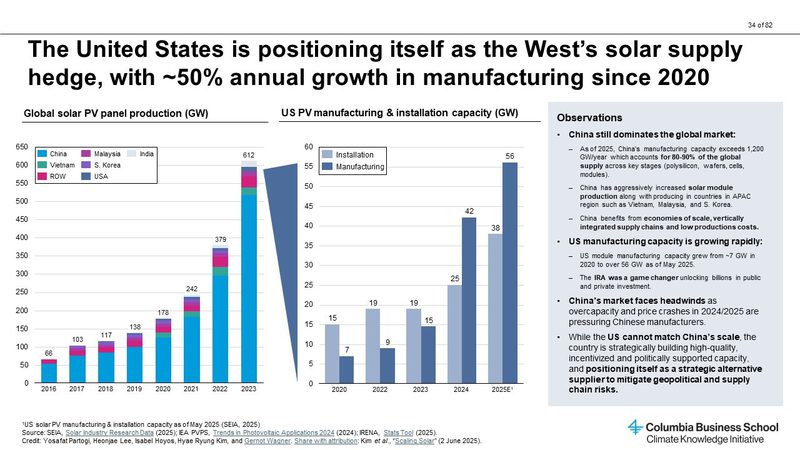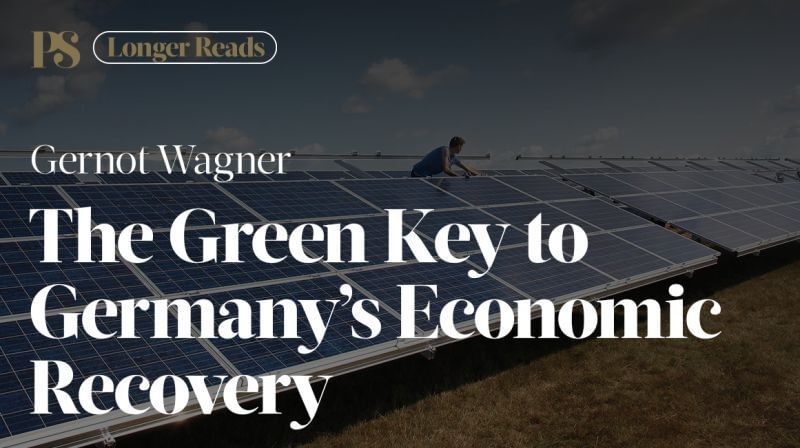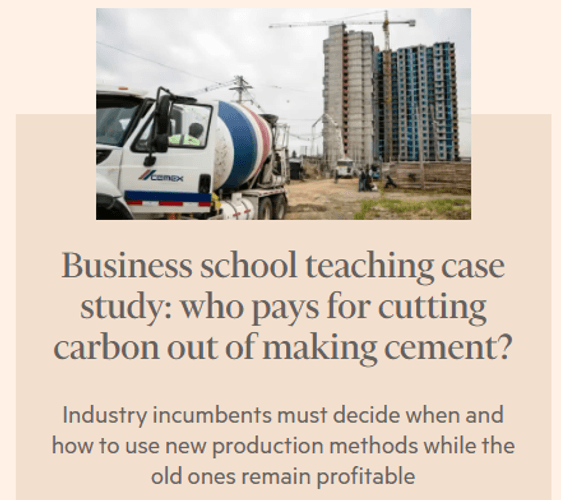Judge a carbon market by its cap, not its prices
The goal of emissions trading systems is to make them scarce, not to make them costly.
By Nathaniel Keohane and Gernot Wagner
No one questions the very existence of stock markets when prices rise or fall. Not so for carbon markets. In April, prices in the EU’s emissions trading scheme fell to record lows of below €3 a tonne of carbon dioxide, after an unsuccessful vote in the European parliament to prop up prices. Observers wrote obituaries.
This month, in its second vote, the parliament approved a plan to “backload” carbon allowances and thus limit supply temporarily. Prices rose, though barely above €4, far below its high of above €30 five years ago. But while the price has grabbed the headlines, it is fundamentally the wrong focus. It also detracts from the fact that the ETS has succeeded at its most important job: cutting pollution.
Carbon emissions under the ETS are down by more than 10 per cent. And because the EU has established a mandatory declining cap, emissions will continue to go down by 1.74 per cent a year, every year – even if politicians take no further action. That path achieves about 70 per cent reductions below 1990 levels by 2050.
The ETS has had its share of problems. Europe massively over-allocated carbon allowances during a three-year trial phase starting in 2005 – many of them given away for free to electric power companies without safeguards to protect consumers. More recently, Europe’s ambitious energy efficiency and renewable energy targets have succeeded in cutting emissions, thus curbing demand for allowances. Mix in a persistent recession, and voilà: low carbon prices.
Critics also like to point to the US, where carbon emissions have declined – in part because of newly abundant shale gas, which, when burnt, emits half the carbon coal does. Yet without a national policy driving further change, emissions will eventually rebound. Not so in the EU. Emissions under the cap are on their way down, by law.
None of that means the cap should not be tightened further. That is exactly the opportunity low carbon prices provide. However, the goal of the ETS is not to make emissions costly, but to make them scarce. The price is only a means to an end.
The best indication that the requiem for the ETS is premature is that the model is being replicated the world over. Jurisdictions covering 10 per cent of the world’s population and a third of its gross domestic product are implementing carbon caps. For California, Australia, New Zealand, Quebec, South Korea and the seven Chinese cities and provinces launching pilot programmes, the relevant question is: how can we take what the EU has done and learn from it?
Policy makers are taking the lessons to heart. California, for example, is capping more than 80 per cent of total greenhouse gases, not just carbon as in the EU. California’s programme is also more ambitious and prices are higher as a result: $14 a ton in the most recent auction, well above the current floor price.
Even so, if California’s price falls, you will not find us complaining. The beauty of the market approach is that it provides a powerful incentive for cost-saving innovation, pushing prices down – without the need for governments to pick the technologies that are best at reducing emissions. That is what happened with reducing chlorofluorocarbons under the Montreal protocol, getting lead out of gasoline and cutting sulphur dioxide from smoke stacks. And that is what will happen when we cap carbon emissions around the world.
We clearly are not there yet, but it is equally clear that Europe’s carbon market has pioneered the way for others.
The carbon market, like any market, will have its ups and downs. The key task for policy makers is to establish declining limits on carbon pollution, strengthen them when needed – and not be surprised if costs turn out to be lower than predicted. That is the point of using cap-and-trade systems in the first place.
The writers are vice-president for international climate and senior economist at the Environmental Defense Fund.


